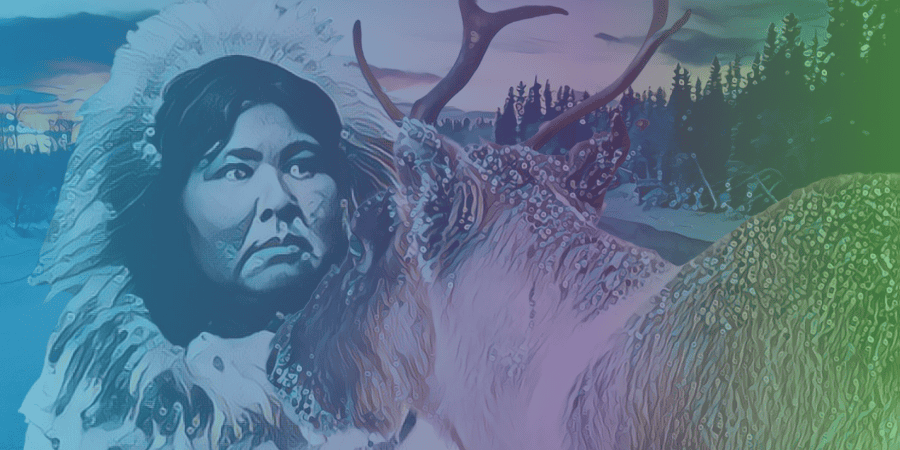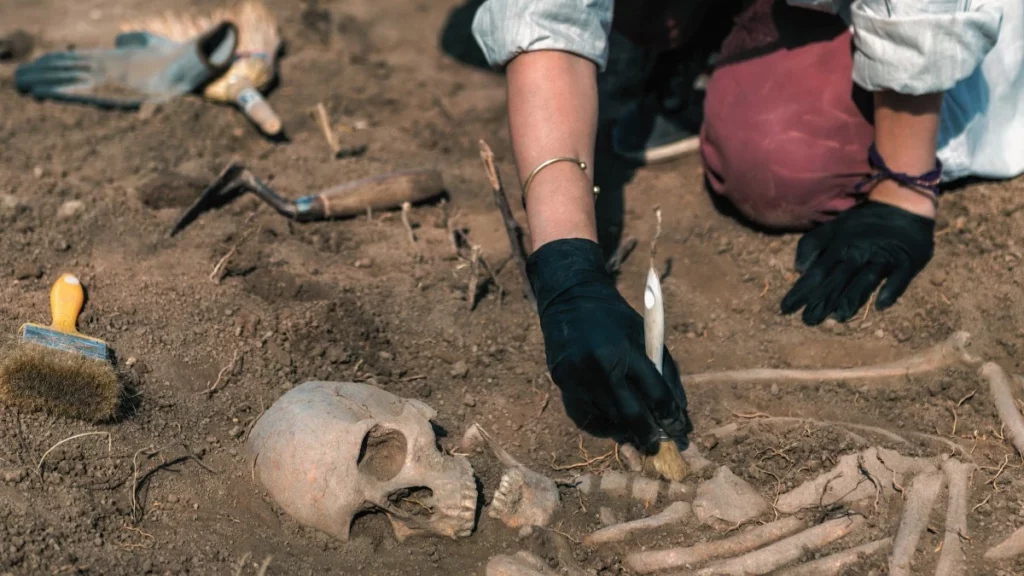Key Takeaways
- Sinrock Mary was a successful entrepreneur and leader in her community, defying traditional gender roles and maintaining control over her own life and property.
- She played a significant role in the reindeer industry in Alaska, helping to broker a deal to bring reindeer from Siberia and becoming the first Alaska Native couple to have their own herd.
- Mary faced numerous challenges, including the tragic loss of her husband and legal battles to protect her ownership of the herd.
- The reindeer industry in Alaska experienced a decline due to the Depression and mysteriously crashing herds between the 1930s and '50s, but it remains an important part of Alaska's cultural heritage.
- Mary's legacy serves as a testament to her tenacity and strength, and her story highlights the resilience of Alaska Native communities.
In the late 19th century, the US government introduced reindeer to Alaska as part of an effort to provide a more stable food source for the indigenous people.
One notable success story of the program was that of Sinrock Mary, a woman who became known as the “Queen of Reindeer.”
Mary was born Changunak in 1870 to an Iñupiaq mother and a Russian trader father.
She grew up in St. Michael, where she learned traditional skills from her mother and gained language skills from the various foreign ships that visited the island.
By the time she was a teenager, she could speak English, Russian, and Inupiat.
Mary married Charlie Antisarlook and moved to Cape Nome, where they met Captain Michael A. Healy of the US Revenue Cutter Bear.
Healy proposed a plan to bring reindeer from Siberia and teach Alaska Native hunters to become herders, and Mary helped to broker a deal between the cutter and the Siberian reindeer herders.
Mary and Charlie became apprentices in the program and eventually were awarded 500 reindeer of their own, becoming the first Alaska Native couple to have their own herd.
Tragic Loss and Legal Battles
Charlie Antisarlook lost his life during the 1900s epidemic, leaving Mary alone with the herd.
As an Inupiat woman, the reindeer herd would have traditionally been passed on to her husband’s brothers.
However, using “white man’s law,” she was able to legally protect the ownership of her herd, not only from her in-laws but also from many schemers who heard of her recently widowed status.
She was persistently being courted, as many wanted to marry into her wealth, and faced lawsuits, threats, and even attacks on her herd.
Despite these challenges, Mary worked tirelessly to maintain the herd, selling meat to local businesses and the Army station.
Her second husband wasn’t interested in reindeer, so Mary adopted 11 children, among them little ones the epidemics had orphaned.
She transformed them and other Iñupiat into “deer men” able to manage their own herds.
At one point, she reigned over the largest herd in the North Country, with her children helping to uphold Iñupiaq traditions such as gathering berries and greens, fishing, and preparing skins for sewing.
Mary’s story shows the tenacity and strength of a woman who fought to maintain control over her own life and property.

The Decline of the Reindeer Industry
The Alaska Reindeer Service brought a flood of hopeful Iñupiat eager to profit from the trade in venison and fur.
Fall and spring roundups were social events, with families chipping in on tasks such as separating out the respective herds, choosing steers for future draft duty, and castrating newborn calves.
By the late 1920s, many Iñupiat had joined the capitalist venture, owning live animals individually.
However, the Depression and mysteriously crashing herds between the 1930s and ’50s doomed the lucrative herding industry in Alaska.
Reindeer hides earmarked for glove making fetched good prices at Seattle auctions, and thousands of reindeer were slaughtered for their leather alone.
As outside markets collapsed, people fed excess reindeer meat to dogs or used carcasses to bait fox traps.
The Lasting Legacy of Sinrock Mary
Mary’s story shows the tenacity and strength of a woman who fought to maintain control over her own life and property.
She defied traditional gender roles and, through her determination and perseverance, became a successful entrepreneur and a leader in her community.
Her legacy lives on in the reindeer industry, which, despite its decline, remains an important part of Alaska’s cultural heritage.








